It's known that mortgage loans were instrumental to the financial crash of 2008, and because of that many investors swore off mortgage-backed securities. But the market has since recovered and is profitable again. If you have some experience investing in mortgage-backed securities and you decide to get back into it, then we would advise you proceed with caution and first gather as much information as you can about the current state of the market. But if you are a new investor, then read on to learn how to get started to invest in RMBS.
What role did banks and MBS play in the crash of 2008?
Prior to 2007, the real estate market wasn't exactly booming. The dotcom bust gave rise to many companies that weren't exactly performing, but whom venture capitalists and the general public poured money into. In 2001, central banks tried to stimulate cash flow by cutting interest rates which made hungry investors take on riskier ventures.
This spilled into the real estate market. Lenders started giving out loans to people with bad credit and low income and banks started removing many restrictions to lending, restrictions that protected from bad debt. The banks lent to people without down payments and sometimes even fully funded homes because they could easily sell the loans to investors. This gave rise to a housing bubble, and when it burst, lots of people realized they could not afford their loans and defaulted.
It's important—as an investor—to understand what lead to the recession so that you can make smarter decisions moving forward.
Freddie Mac and Fannie Mae
You cannot be a successful investor in the secondary mortgage market without knowing Freddie Mac and Fannie Mae. Freddie Mac or the Federal Home Loan Mortgage Corp is a government-backed agency that buys mortgage loans from lenders, bundles those loans into mortgage-backed securities and sells it to investors in the secondary real estate market. It, along with Fannie Mae, is the largest buyer of mortgage loans. The mortgage-backed securities sold by Freddie Mac usually have credit ratings close to that of US Treasuries.
The reason Freddie Mac can afford to buy so many mortgage loans is that it borrows money at a discounted rate from the US government.
Fannie Mae is also a government-backed agency that buys mortgage loans, bundles them up into mortgage-backed securities, and sells them to investors in the secondary market. The major purchasers of Fannie Mae's mortgage-backed securities are insurance companies, pension funds, and investment banks. Fannie Mae has strict rules that govern who it buys mortgage loans from; it does not buy loans from institutions that give out subprime loans i.e. loans below the prime rate like loans given to those with poor credit. This means that Fannie Mae's mortgage-back securities could be a safer investment.
The major difference between Freddie Mac and Fannie Mae is that Freddie buys loans from thrift banks and loan associations, while Fannie buys loans from bigger commercial banks. Most individual investors do not have the funds or are not allowed to buy MBS directly from Freddie or Fannie, so they buy from the entities that Freddie and Fannie sell to.
Mortgage REITs
You may have heard of an equity REIT, which is basically a real estate investment fund that buys housing properties and distributes profits generated from that property among its shareholders according to their shares. A mortgage REIT, on the other hand, buys mortgage-backed securities. Its investors buy the right to earn from these loans, and earnings, as well as principal, are shared among them, according to their shares.
Mutual Funds
Investors can purchase MBS through mutual funds that invest solely in mortgage-backed securities.
So though the crisis of 2008 understandably instilled a fear of








